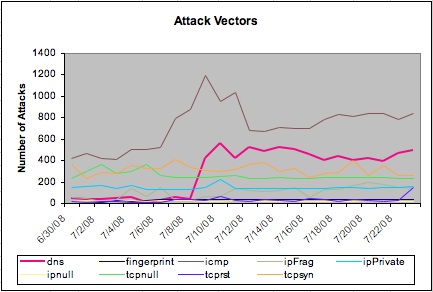A new site for the George W. Bush presidential library has been identified. It is an area north of Baghdad that the AP describes as “a chronicle of U.S. government waste, misguided planning and construction shortcuts costing $40 million and stretching back to the American overseers who replaced Saddam Hussein.”
The idea for the modern-style prison began with the Coalition Provisional Authority running Iraq after Saddam’s fall.
On behalf of the authority, the U.S. Army Corps of Engineers awarded a $40 million contract in March 2004 to global construction and engineering firm Parsons to design and build an 1,800-inmate lockup to include educational and vocational facilities. Work was set to begin May 2004 and finish November 2005.
Nothing went right from the start, the report says.
Dare we call this a fitting monument, a testament, to American leadership during this period?
Al-Husseini says he walks the perimeter and wonders what can be salvaged. A housing development is not possible, he said. Many concrete walls lack proper iron reinforcements and “can collapse at anytime,” he said. Birds and small animals have found homes in the towers and crannies.
“But some of the cell blocks are good,” he suggested. “So maybe it can become a factory. I don’t know. It’s depressing.”
A library. It can become the official presidential library.
People say Bush has done no good for the environment, but just look at the shining example of a $40 million bird and small animal sanctuary project.
The contractor who failed to deliver on time or budget, claims that they were misled. Misled, as if such a thing were possible:
But the report said Parsons had argued that the U.S. government misrepresented the security conditions. Parsons said that its subcontractors faced threats that either shut down or slowed work almost daily. In August 2005, the site manager for one of Parsons’ subcontractors was shot to death in his office.
The no-contractor-left-behind program initiated by Bush in Iraq has certainly had its hiccups, but the millions spent on Khan Bani Saad was all part of the Mission Accomplished campaign. A fresh coat of paint, some books on existentialism, and maybe even a librarian or two who can explain how to see the bright side of life in this conflict unlike any other…just think of the tourism dollars, the souvenirs.

